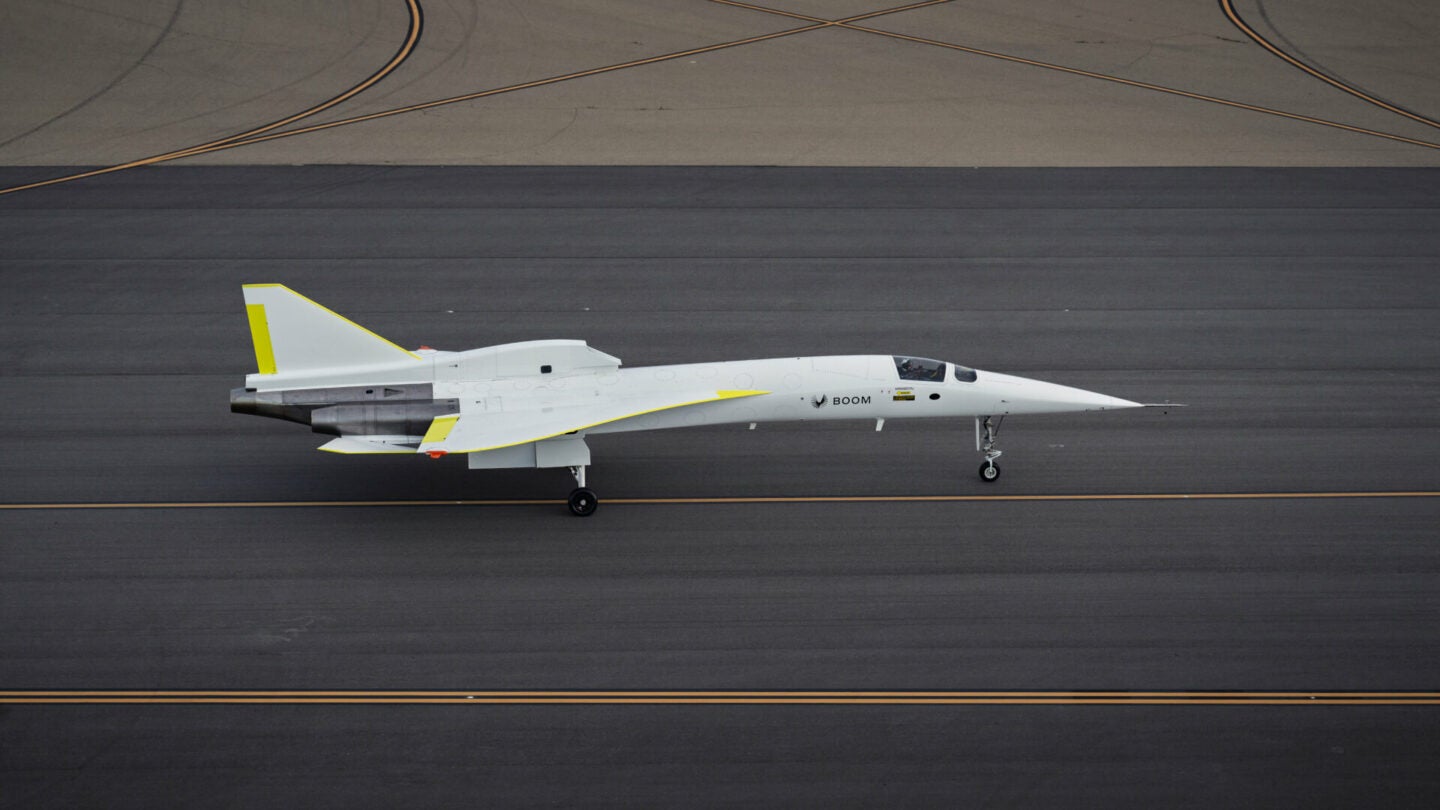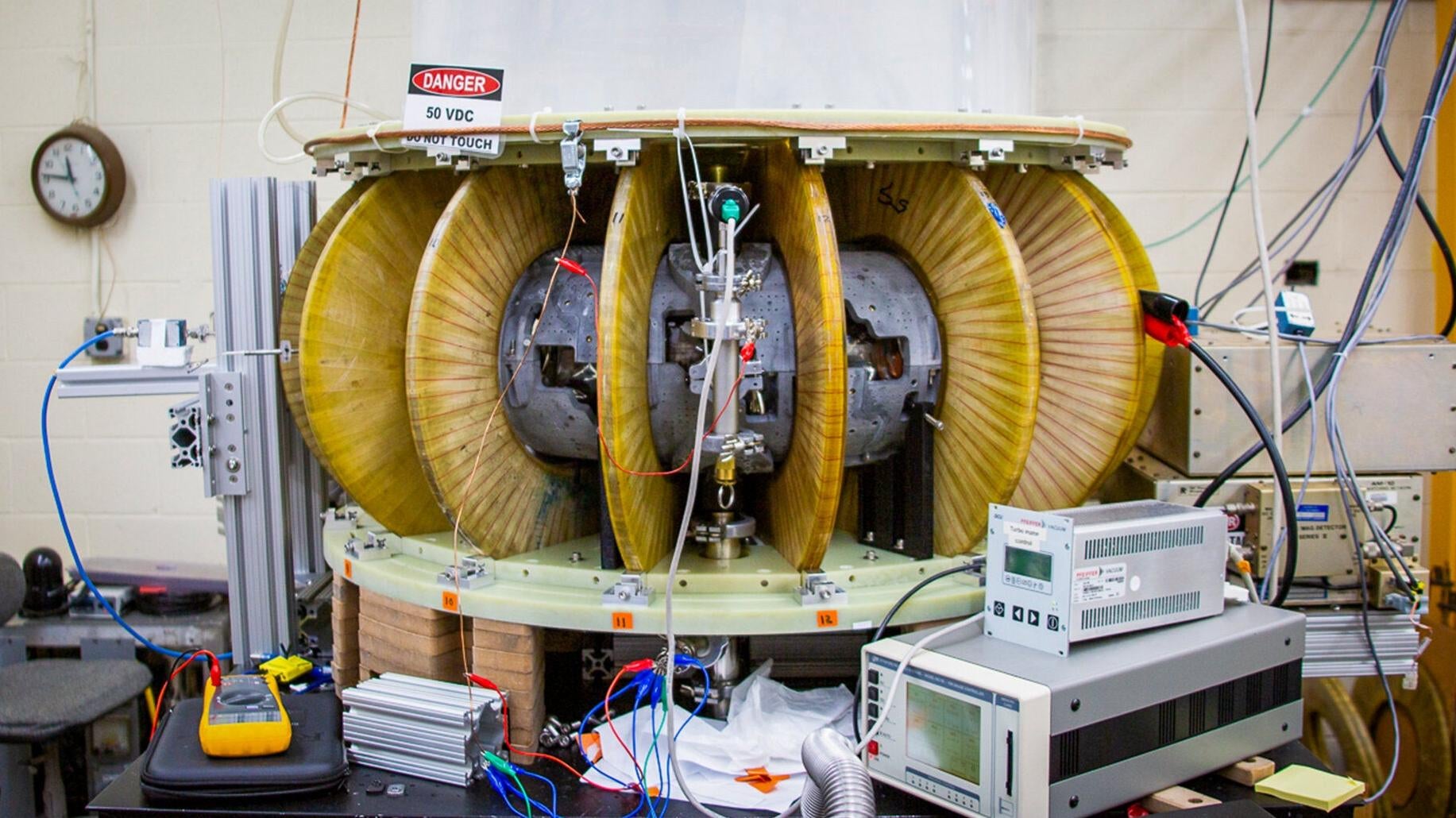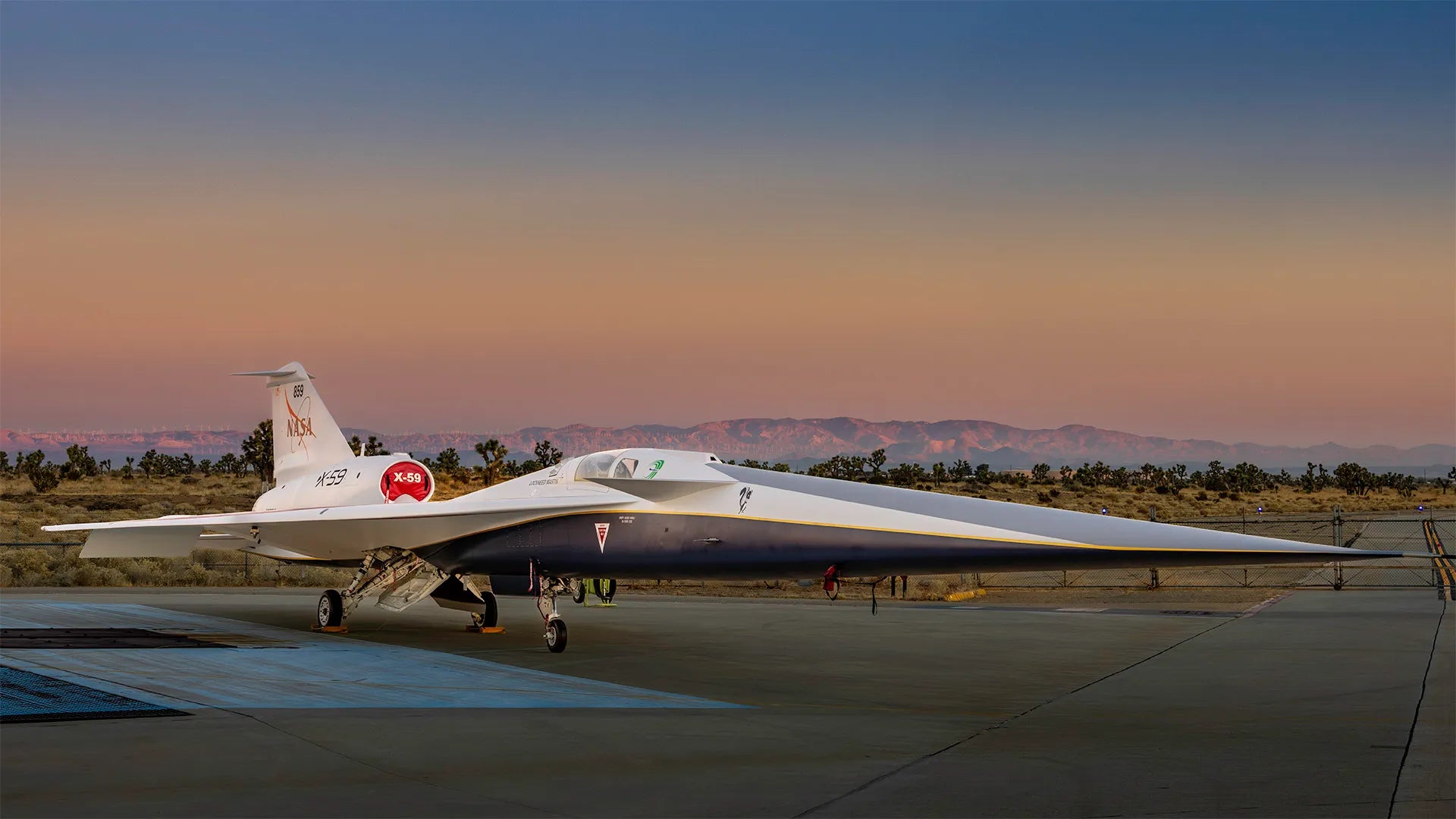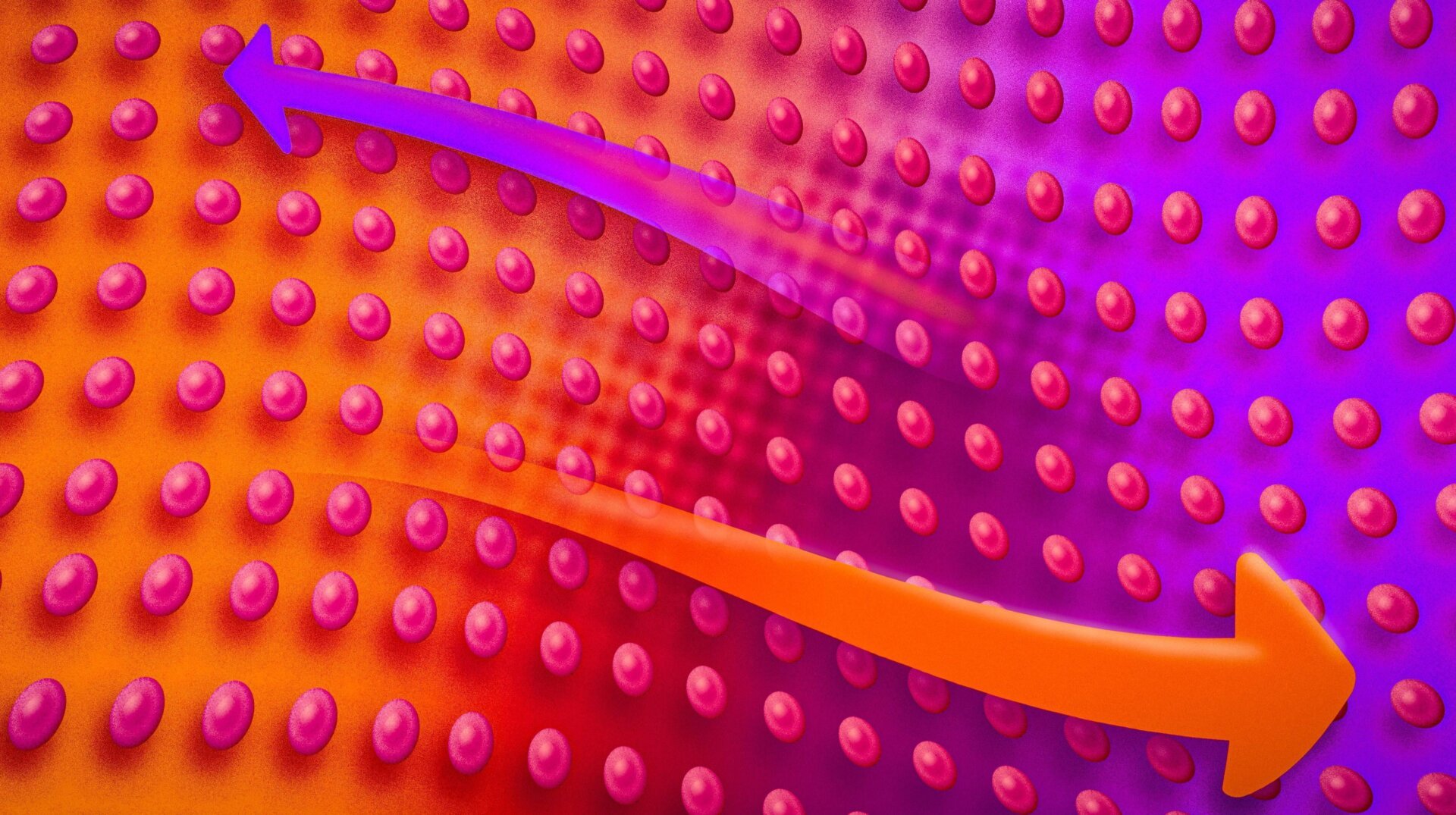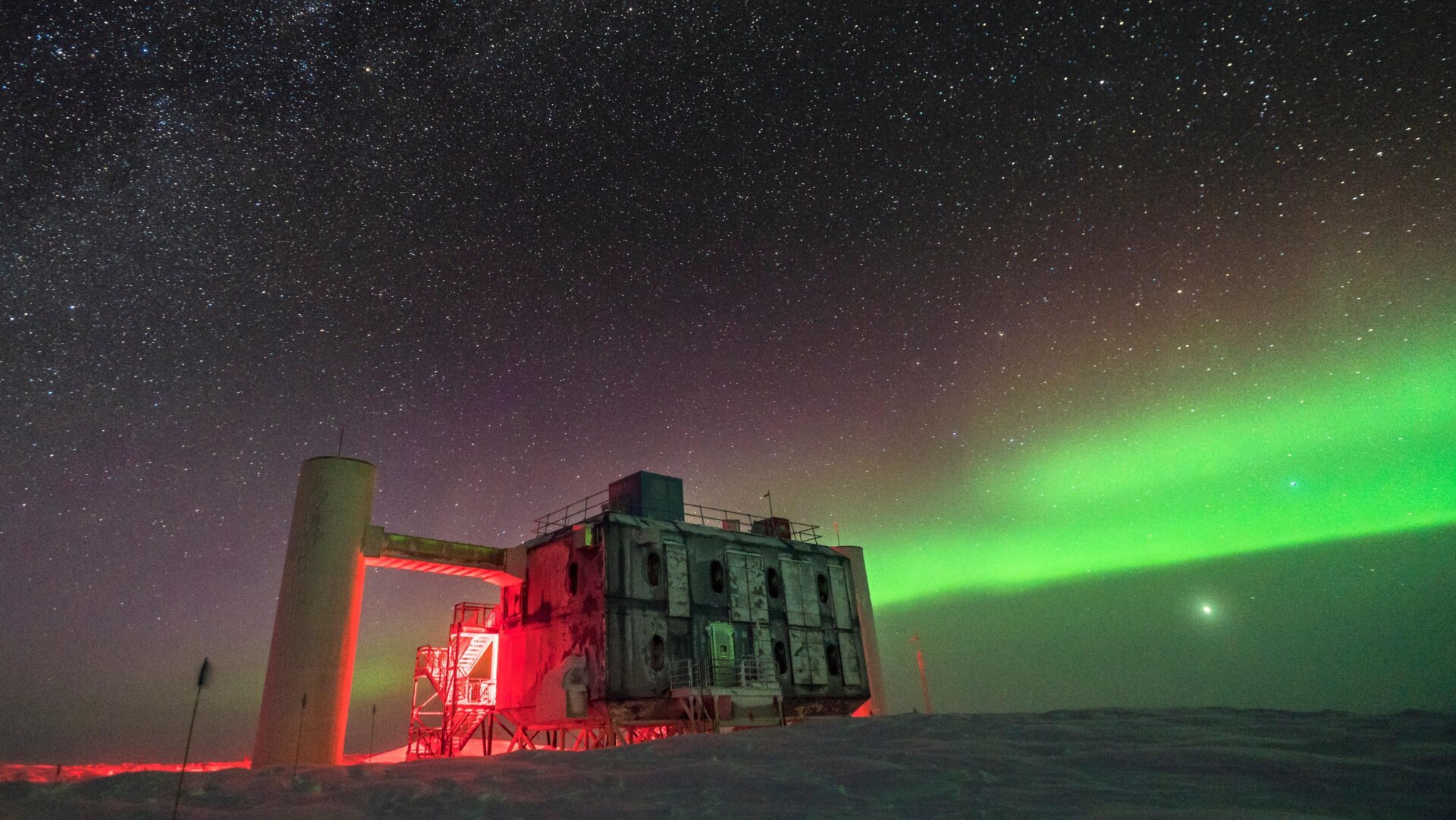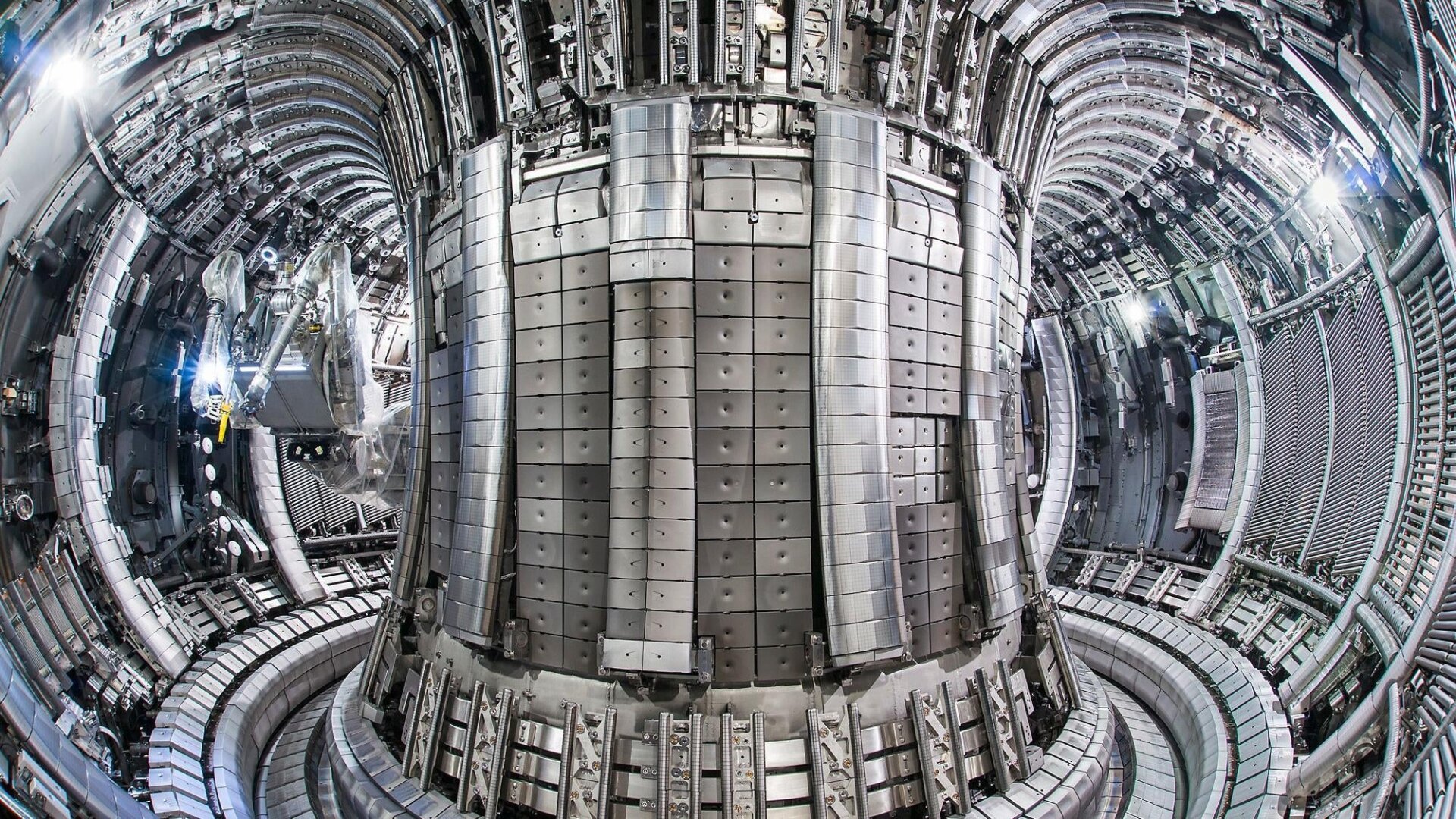The private aerospace company, Boom Supersonic, successfully completed the first flight of its XB-1 demonstrator aircraft last week. While it hasn’t broken the sound barrier yet, this flight is a significant step towards the company’s goal of launching a fuel-efficient supersonic passenger airliner.
The XB-1, constructed with carbon fiber composites and equipped with a conventional jet engine and an augmented reality heads-up display, took off from the Mojave Air & Space Port in California. This location holds historical significance, being near where the Bell X-1, the aircraft in which Chuck Yeager first broke the sound barrier in 1947, conducted its supersonic flight.
The 62.6-foot-long demonstrator met its test objectives, reaching an altitude of 7,120 feet and speeds of 273 miles per hour. A video showcasing the XB-1’s inaugural flight is available online, with the takeoff occurring around the 1:10 mark.
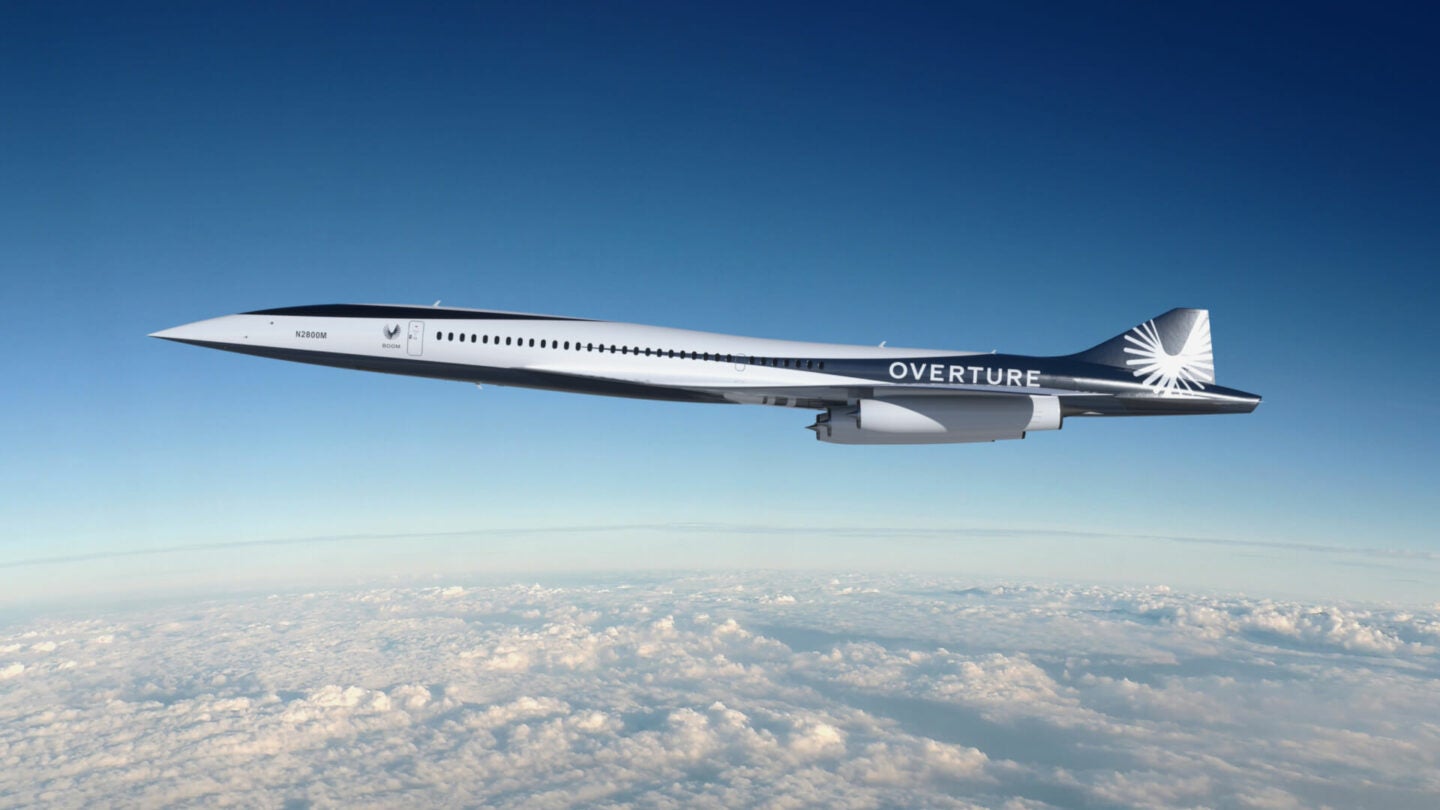 The XB-1 demonstrator aircraft takes off.
The XB-1 demonstrator aircraft takes off.
Mike Bannister, former Chief Concorde Pilot for British Airways, expressed his enthusiasm for the project, stating that the XB-1’s first flight represents a major milestone toward realizing the dream of environmentally friendly supersonic travel. He sees it as a significant achievement in making sustainable supersonic flight a reality.
The Challenge of Supersonic Sustainability
One of the major hurdles for supersonic travel has been economic sustainability, a problem that plagued the Concorde. While it could fly from New York to London in under three hours, rising costs ultimately contributed to its demise, even before the tragic crash in 2000. Furthermore, the Concorde’s sonic booms restricted supersonic flight to over the open ocean, leading to noise complaints and ultimately, the shift towards entirely subsonic commercial air travel.
Boom’s Vision for the Future: The Overture
Boom Supersonic aims to address these challenges with its Overture airliner, designed to carry 64 to 80 passengers at speeds of Mach 1.7. The company plans to utilize sustainable aviation fuels (SAF) made from sources like recycled carbon dioxide and algae. However, while optimized for SAF, there’s no guarantee the Overture will exclusively rely on these fuels. United Airlines has already placed an order for 15 of these aircraft, with options for more, and Boom anticipates a debut in 2029.
 An artist's rendering of the Overture supersonic airliner in flight.
An artist's rendering of the Overture supersonic airliner in flight.
Not Alone in the Supersonic Race
Boom is not the only player in the supersonic arena. NASA’s X-59, part of the Quesst mission, is slated for its first flight later this year. Unlike the XB-1, the X-59 aims to achieve “sonic boom-less” flight, minimizing noise pollution to a “sonic thump.” This mission is expected to continue through 2027.
Regulatory Hurdles Remain
A key challenge for supersonic travel over land is the Federal Aviation Administration’s prohibition on civil aircraft exceeding Mach 1. This regulation will need to be amended if Boom intends for the Overture to achieve its target speed of Mach 1.7 and significantly reduce cross-country flight times.
Conclusion: A Step Forward, But Challenges Remain
The successful first flight of the XB-1 demonstrator marks a significant advancement in the pursuit of sustainable supersonic travel. While challenges remain, particularly regarding regulatory hurdles and fuel sustainability, Boom Supersonic’s efforts signify a renewed push towards a future where supersonic flight becomes a viable option for commercial passengers.



